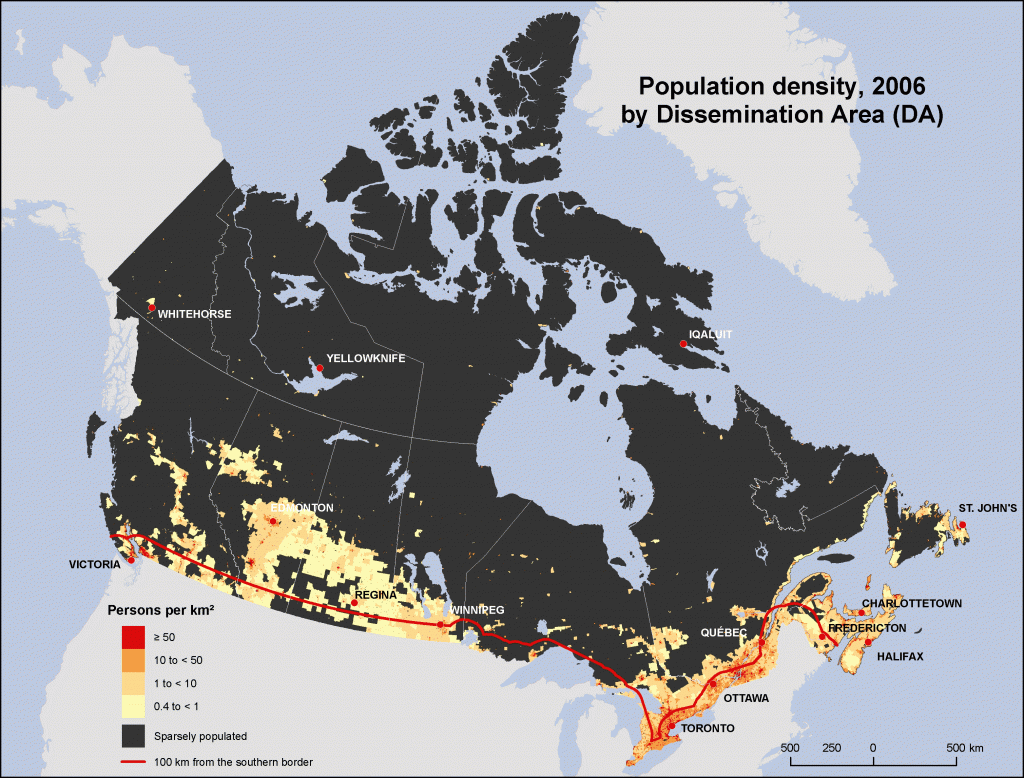
Majority of Canadians Still View Immigration Levels as Too High Despite Federal Reductions
Public Sentiment Wavers Despite Immigration Reductions
Even after the federal government significantly scaled back its immigration targets for 2025, a majority of Canadians still believe the country is admitting too many newcomers, according to a recent poll commissioned by Immigration, Refugees and Citizenship Canada (IRCC).
The national survey, conducted in November 2024, revealed that 54% of respondents felt Canada’s immigration intake remained too high, even after the government cut its target by nearly 100,000—from 485,000 permanent residents in 2024 to 395,000 in 2025.
This growing unease reflects a significant shift in how Canadians perceive immigration—not based on cultural or demographic concerns, as in the past, but on the nation’s infrastructure capacity and quality of life.
Shift in Public Attitudes: Capacity Over Culture
Keith Neuman, senior associate at the Environics Institute—which has tracked Canadian public opinion on immigration for decades—observed that the focus has moved away from who is coming to how many are coming, and whether the country can support them.
“This is a profound shift,” Neuman noted. “Historically, immigration debates centered on cultural integration. Today, the dominant concern is capacity—whether housing, healthcare, and social systems can handle this level of growth.”
Even when informed of the 20% cut from 2024 levels, 44% of those surveyed still viewed the 2025 target as too high. Only 13% thought it was too low, while 39% found it acceptable.
Economic Pressures Trigger Reassessment of Immigration Strategy
Canada’s decision to lower immigration levels came amid a wave of criticism linking population growth to rising housing prices, overstretched healthcare systems, and limited access to social supports.
In 2023, immigration accounted for an overwhelming 98% of the country’s population growth, pushing the national population to over 41 million. While this helped fill labour market gaps and offset the impacts of an aging population, it also placed unprecedented strain on housing and urban infrastructure.
The revised immigration plan proposes further reductions: 380,000 permanent residents in 2026 and 365,000 in 2027. Notably, more than 40% of 2025’s new permanent residents will be individuals already in Canada on temporary visas, a strategy aimed at easing integration pressures.
Canadians Voice Concern Over Housing and Social Services
At the heart of public dissatisfaction is a series of pressing domestic issues.
Housing affordability has deteriorated sharply, with younger Canadians increasingly priced out of home ownership and renters facing soaring costs. Many blame the pace of immigration for intensifying competition in already tight housing markets.
Meanwhile, healthcare wait times have grown, and schools, transportation, and other services are struggling to keep pace with the population surge.
This practical lens is now dominating immigration discourse, pushing it beyond the traditional narratives of multiculturalism and economic opportunity.
Political Fallout: Immigration Becomes a Flashpoint
Immigration is emerging as a political battleground ahead of the next federal election. Prime Minister Mark Carney, newly installed in office, has identified both immigration and housing as priorities in his administration.
His government has emphasized attracting skilled global talent while committing to “sustainable immigration levels.” However, the opposition Conservative Party, under Pierre Poilievre, has taken a tougher stance, blaming Liberal immigration policies for exacerbating Canada’s housing crisis.
Conservative immigration critic Michelle Rempel Garner has accused the Liberals of mismanaging intake levels and failing to coordinate immigration with available infrastructure and services.
Despite intensifying debate, analysts like Neuman believe immigration remains less polarizing in Canada than in countries like the U.S., where it often dominates national discourse.
Looking Ahead: Finding a Sustainable Path Forward
The federal government is expected to unveil its 2026–2028 immigration levels plan this fall, with IRCC actively engaging stakeholders and monitoring public opinion to guide its decisions.
IRCC spokesperson Renée LeBlanc Proctor reaffirmed the government’s commitment to balancing economic competitiveness with public trust: “We are working with all partners to ensure that our immigration system continues to meet labour market needs without overwhelming essential services.”
Canada faces the complex challenge of maintaining its status as a top destination for immigrants while responding to the growing anxieties of its citizens.
With global migration trends, cross-border pressures from the United States, and domestic resource limitations all converging, immigration policy in Canada is entering a new and more cautious era.
Conclusion: Immigration at a Turning Point in Canada
Canada’s reputation as an inclusive, multicultural nation is being tested. While immigration remains vital to national prosperity—especially in light of an aging population—many Canadians are signaling that sustainability must be prioritized.
The government’s move to scale back immigration levels acknowledges this shift. But with public opinion remaining sharply divided, the road ahead will require careful navigation to balance growth, integration, and infrastructure development.
For a consultation about Immigration options, reach out to the CAD IMMIGRATION today!





